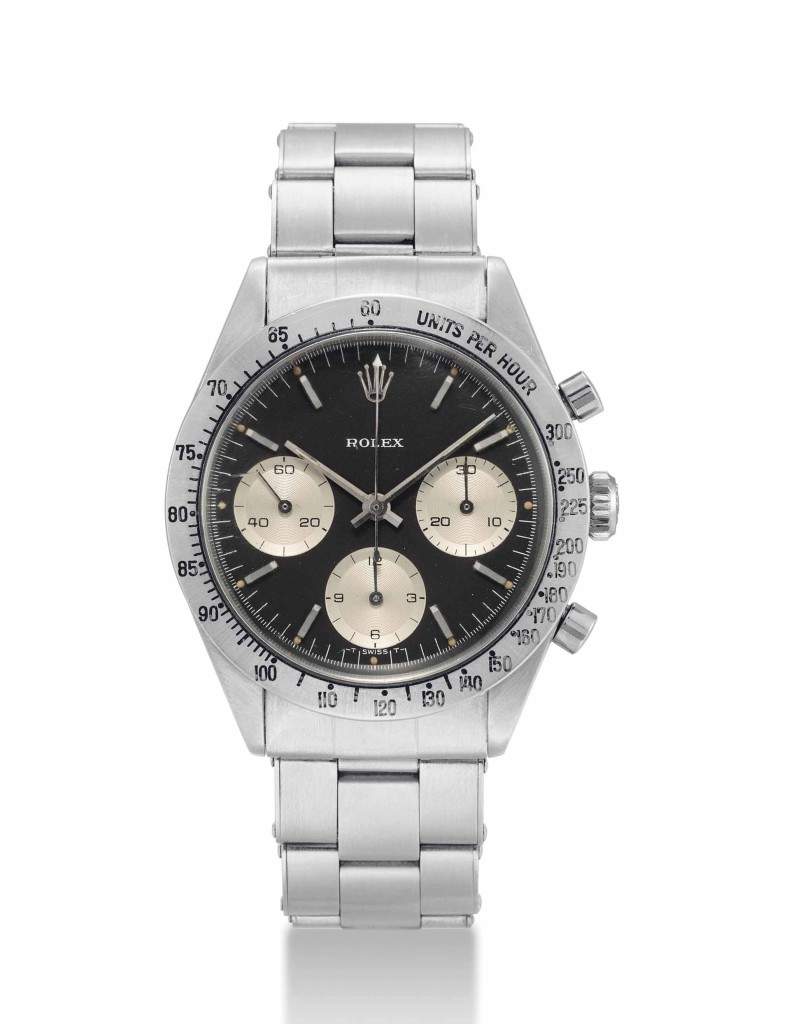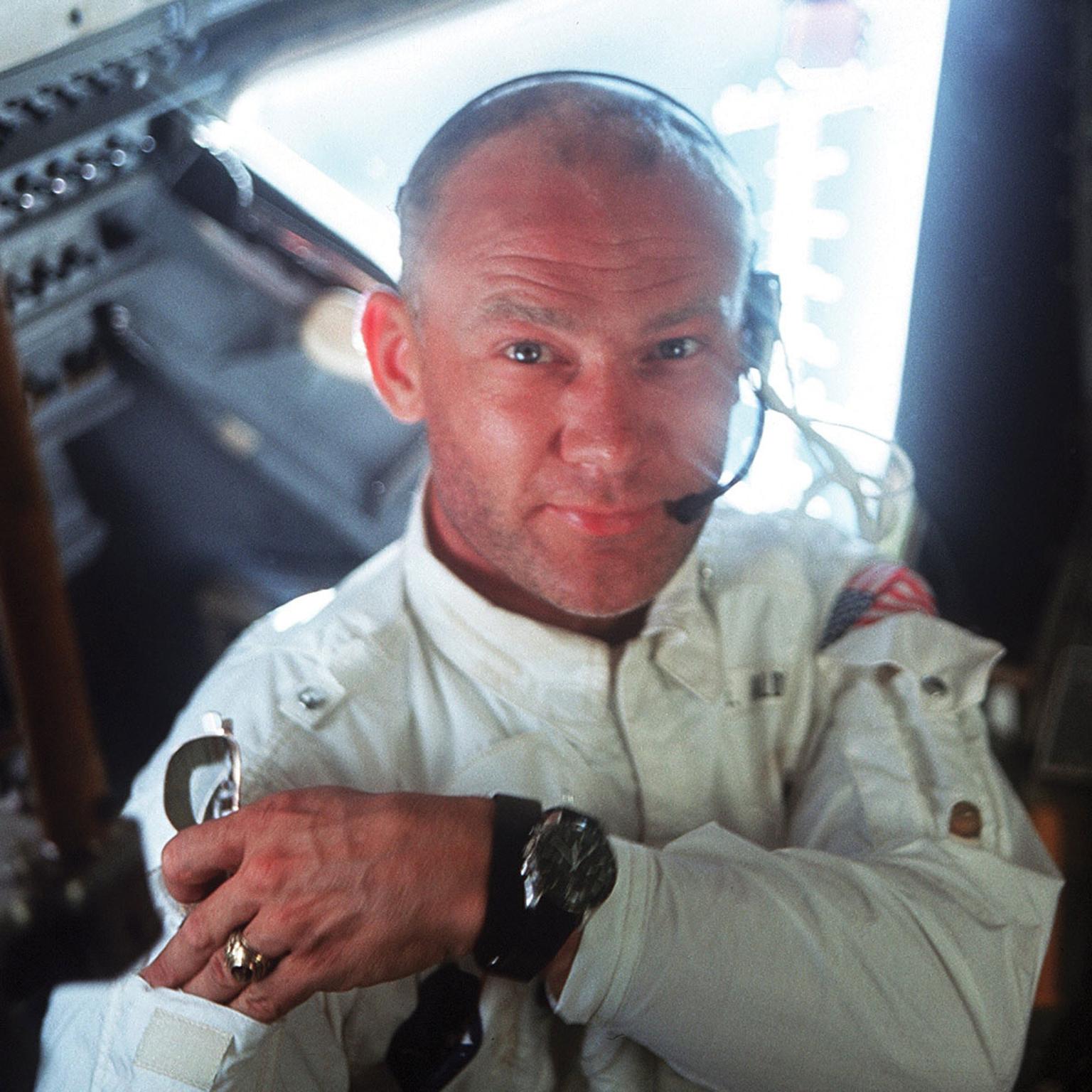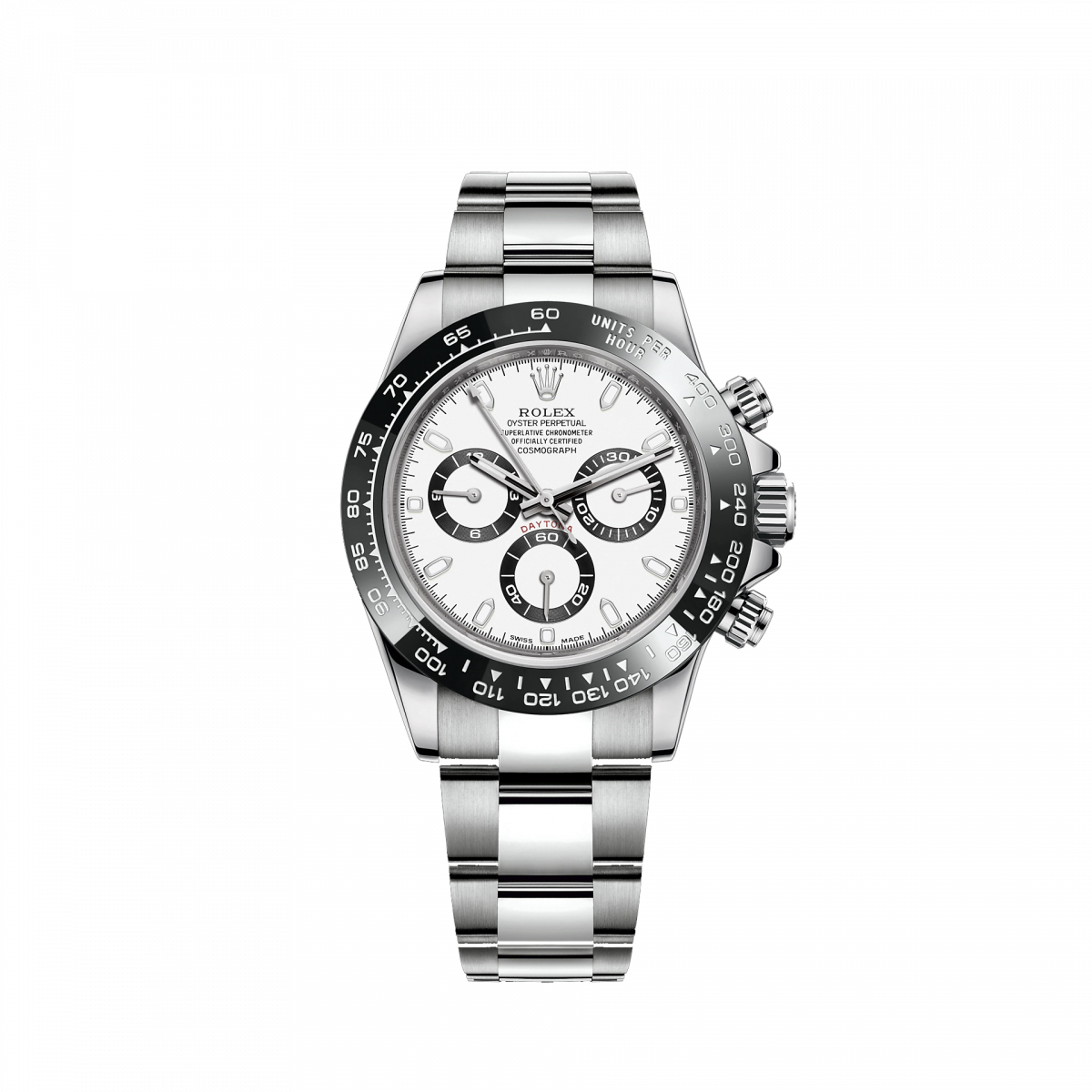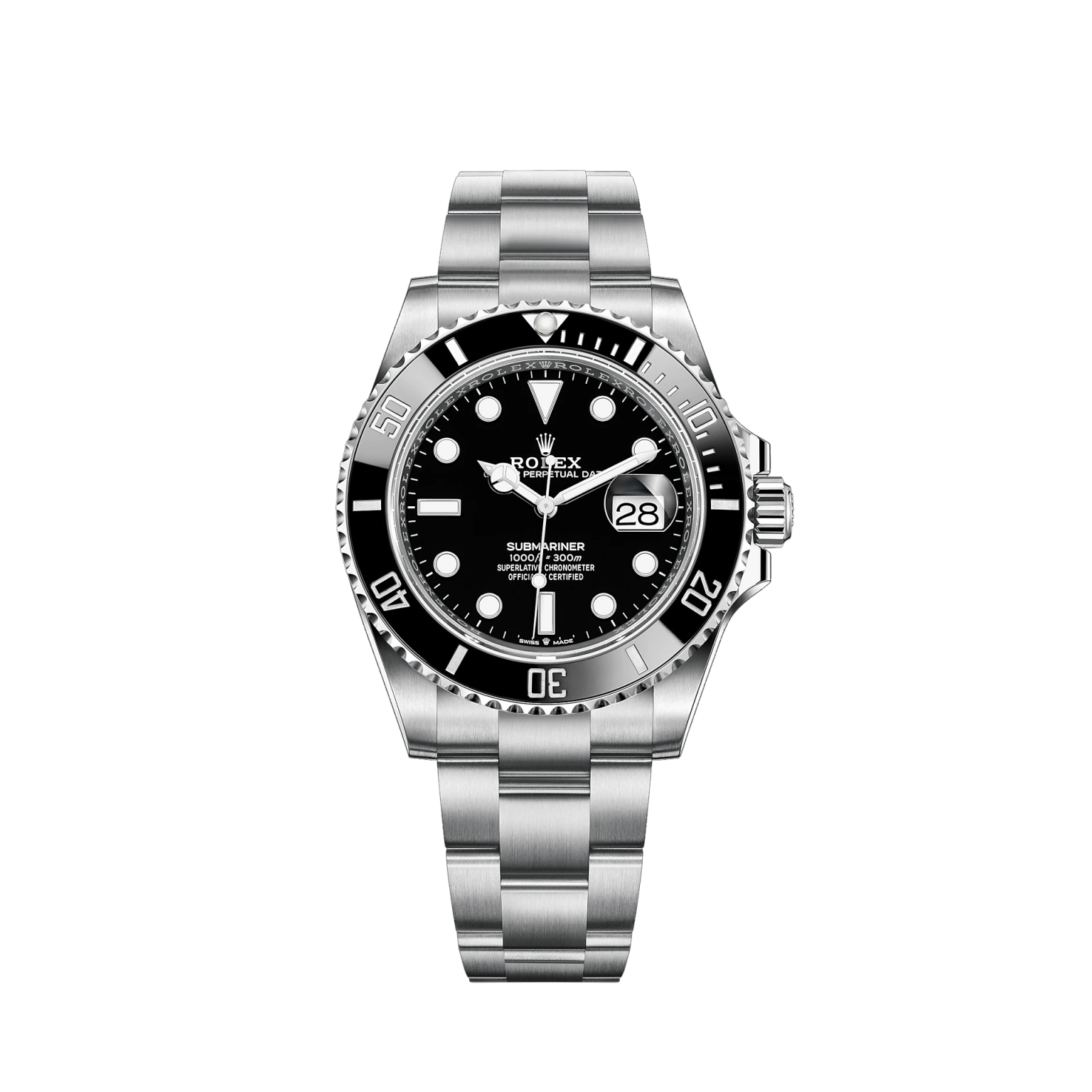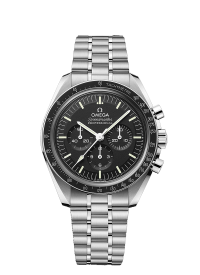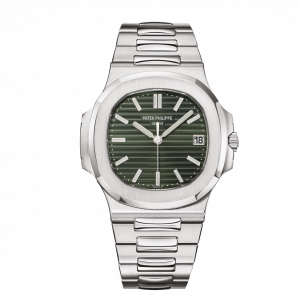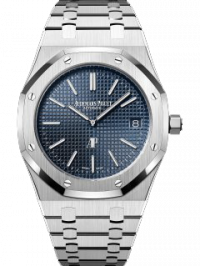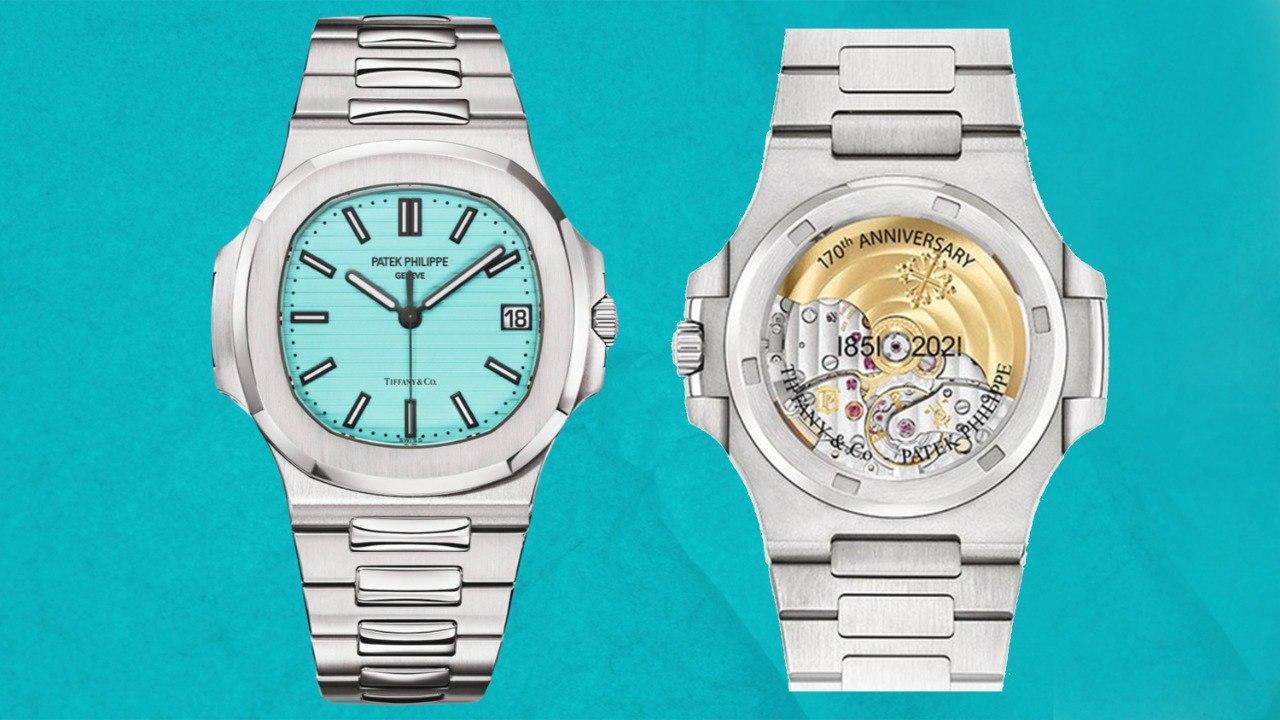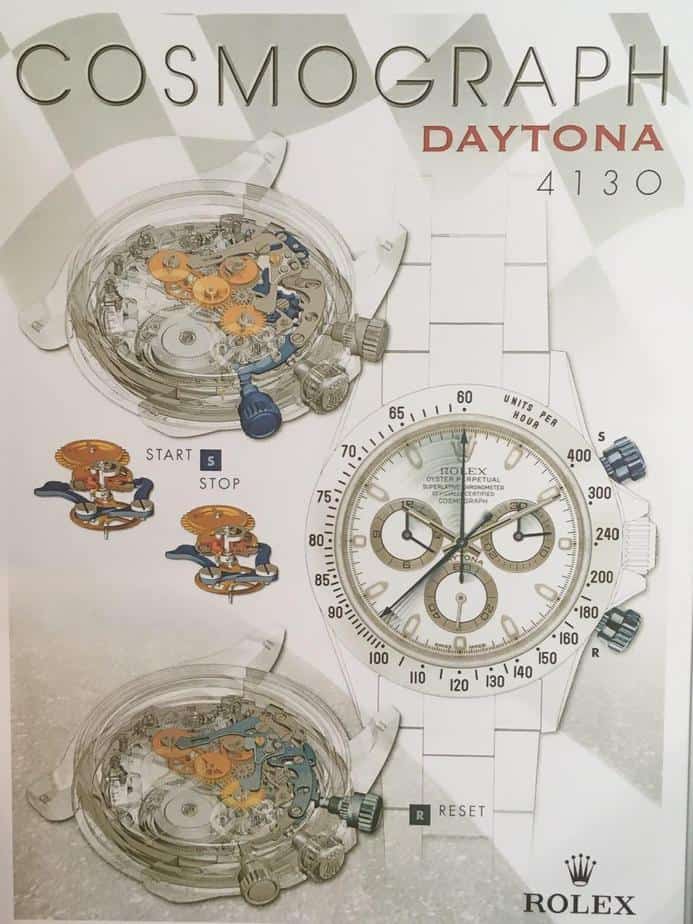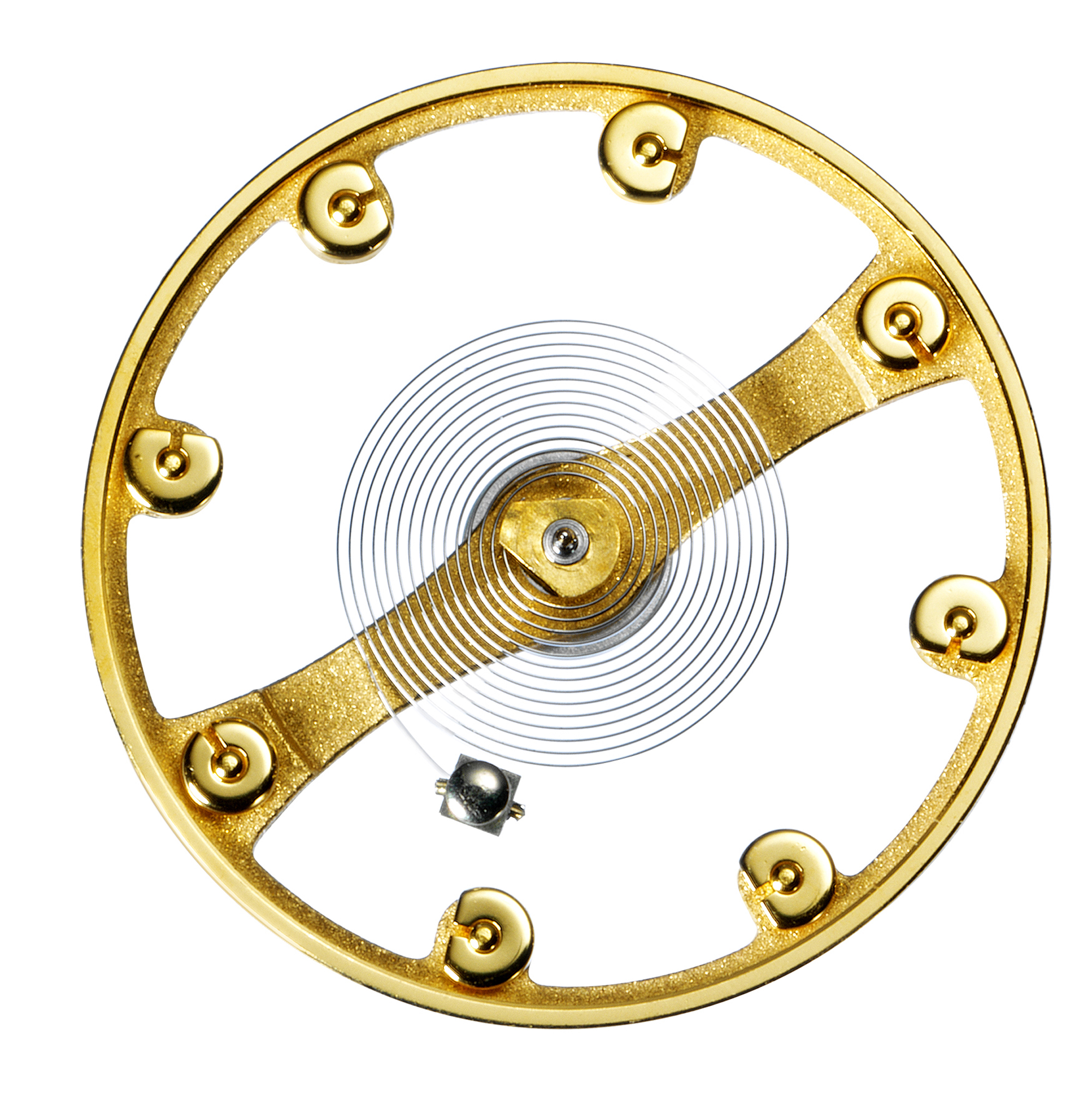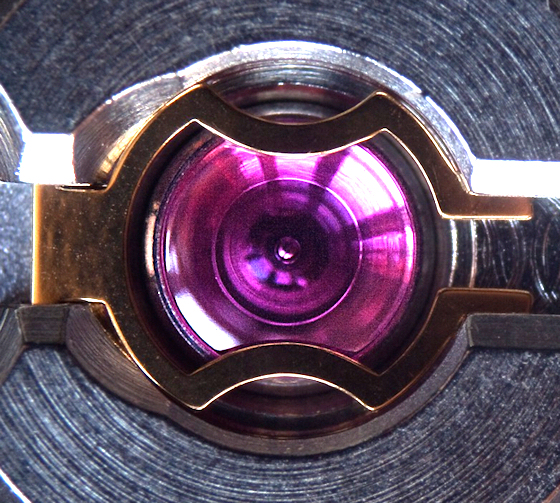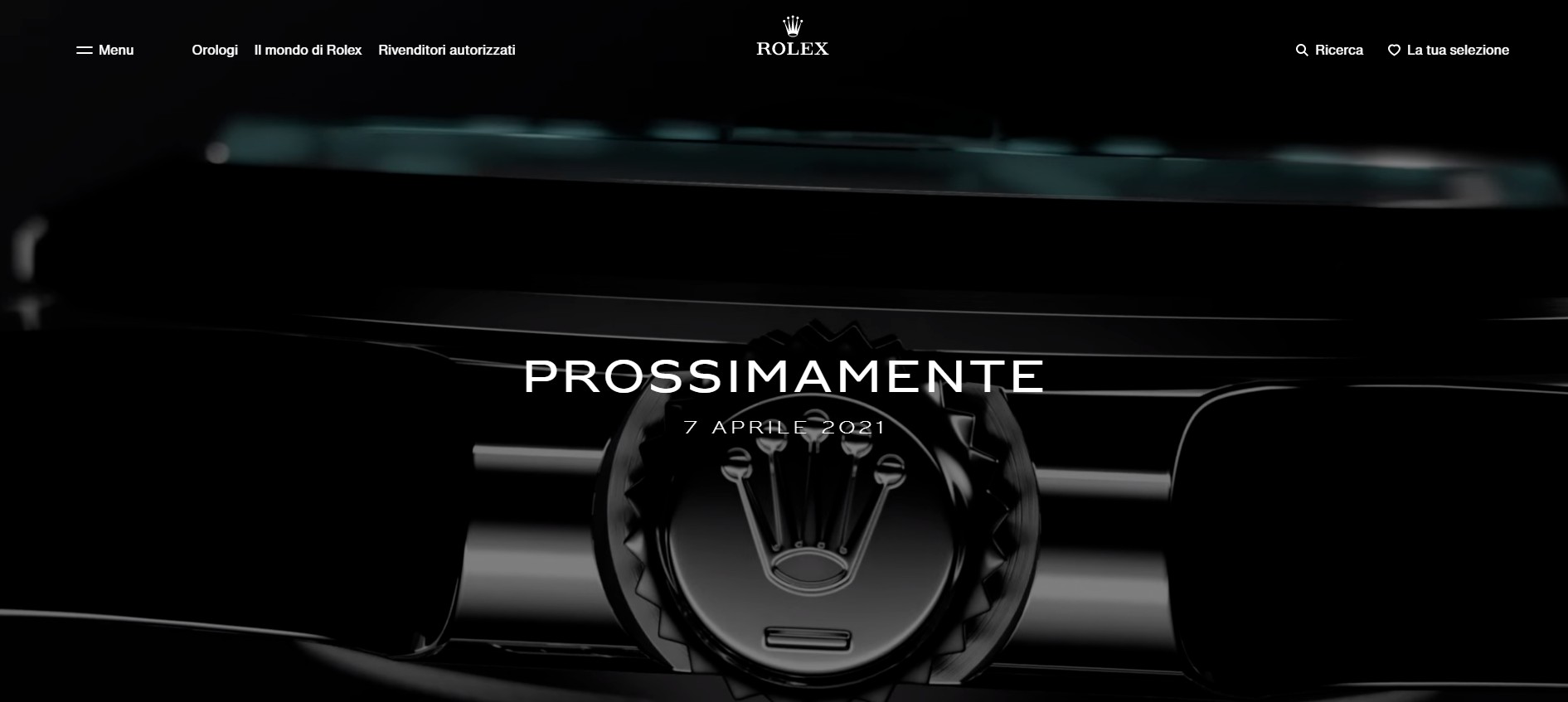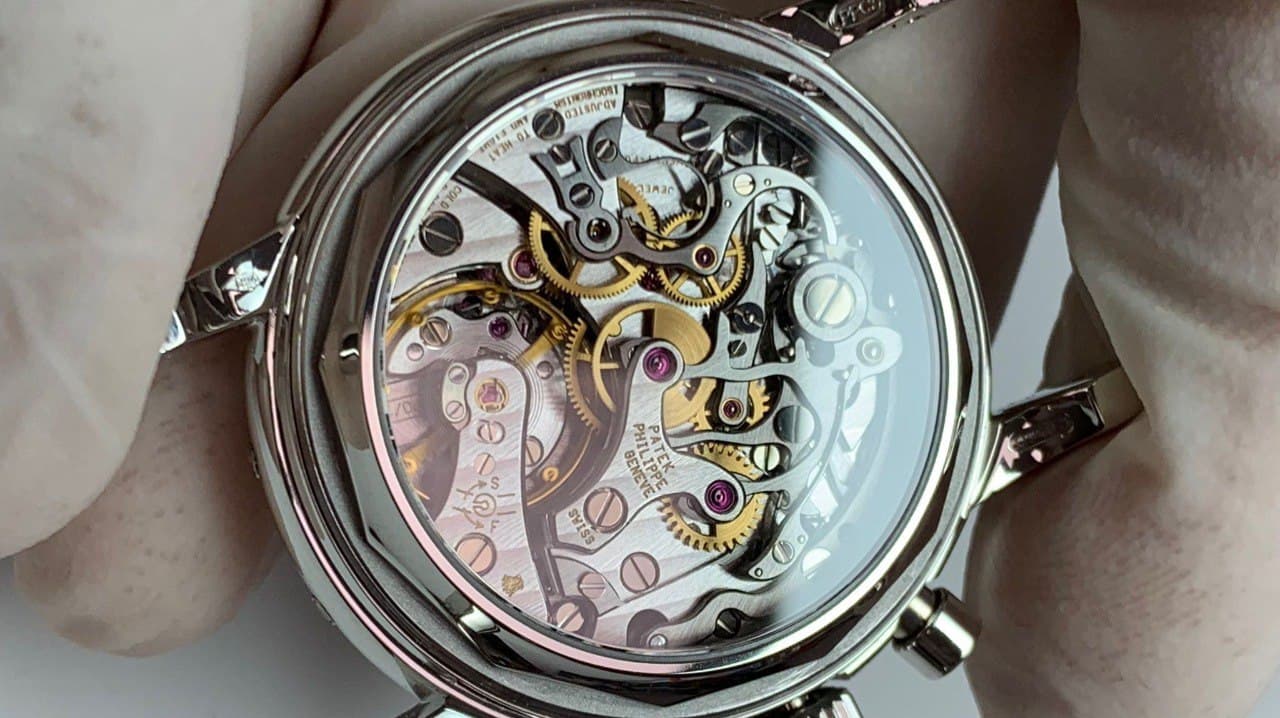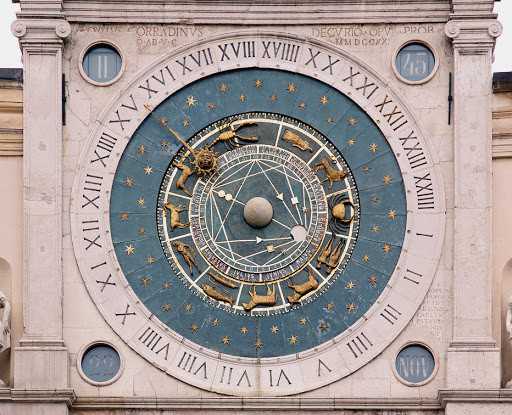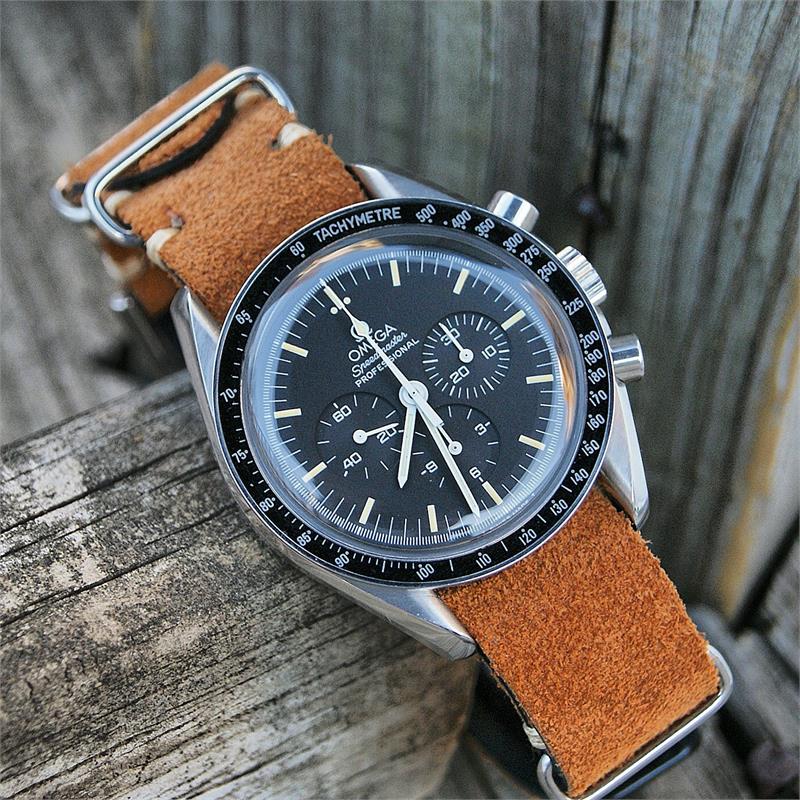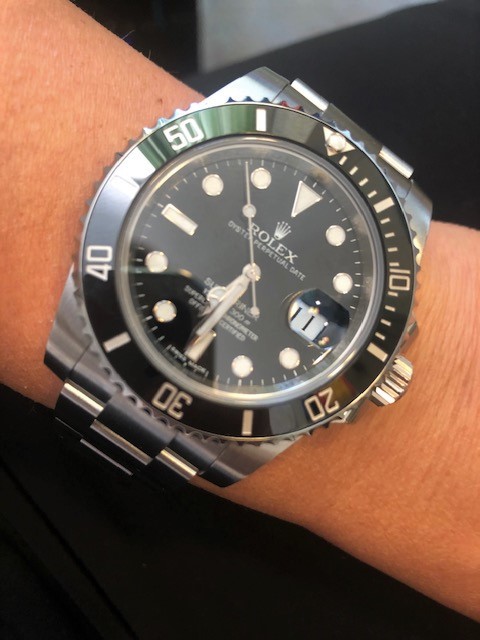Dr. N.
Hour of the Moon - the space race clocks
In the years following the end of the Second World War, the Soviet Union and the United States compete in an all-out duel for the conquest of global primacy.
The most fascinating of the rivalries between the two giants is certainly the one experienced in space. It is the USSR to achieve the first great successes in this competition: the first satellite and the first astronaut were respectively Sputnik and Yuri Gagarin.
America certainly does not stand by, and President Kennedy announced, in the early XNUMXs, that the US would take a man to the moon (then bring him back) by the end of the decade. It is a challenge of immense proportions, which requires the mobilization of enormous resources, in all fields, in America and beyond.
Clocks in space
The world of watchmaking is also involved in the space race. LThe need is to have reliable, precise and above all robust chronometers to overcome the conditions of absolute vacuum and extreme cold unscathed. The field of possible options is restricted to the few Western companies able to guarantee the necessary reliability: Longines, Rolex e Omega.
It is true that the Soviet bloc has its own watch makers, who have already gone into space. But, in the climate of the Cold War, the Soviets certainly cannot be asked to supply watches to the Americans ...
Everyone knows that in the end, NASA selects the now famous Apollo for the missions Omega Speedmaster, which still bears the nickname of "moon watch". Less well known is the “face Rolex”Of the story, which we will tell here.
Rolex versus Omega: the Daytona and the Speedmaster
Rolex already, in the sixties, had a well-deserved reputation for robustness, deriving from its undoubted construction quality. Rolex watches were chosen by great adventurers and men of science. Among these, we remember Sir Edmund Hillary who carries the Rolex Explorer on Everest, or divers with the Rolex SubmarinerThen there are the explorers of the Mariana Trench, who descended into the deepest abyss of the planet with a Rolex Deep Sea Special hooked to the outside of the Trieste bathyscaphe, in 1960. Still, the CERN scientists, in the XNUMXs, wore the Rolex Milgauss.
Rolex was involved from the beginning, together with Omega, in the competition to make the watch that astronauts would have worn on the moon. From the beginning, Rolex believed very much in the enterprise, so much so that it christened its chronograph "Rolex Cosmograph Daytona“, Indicating it as suitable for both cosmonauts and professional pilots who competed on the track of Daytona. Paradoxically, the rival christened her chronograph "Omega Speedmaster“, Believing that it would be coveted above all by lovers of speed on four wheels.
The NASA tests, in which the Longines-Wittnauer 242T, the Rolex Daytona andOmega Speedmaster, they see theOmega Speedmaster as the most robust and reliable of the three watches. Subsequently, theOmega Speedmaster undergoes some modifications, at the request of NASA, such as the addition of a rotating bezel graduated on 24 hours and the use of larger pushers for the chronograph.
A curiosity: the specimen of Omega Speedmaster worn by Buzz Aldrin during the Apollo 11 mission is expected to be exhibited at the Smithsonian Museum. However, it was stolen during a transfer in 1970. The fate of theOmega Speedmaster of Aldrin is still unknown, and is one of the mysteries of contemporary watchmaking.
Pictured: Buzz Aldrin aboard Apollo 11, with his Omega Speedmaster on display
Daytona against Speedmaster
Share the article:
Share on facebook
Share on twitter
Share on pinterest
Share on google
Share on telegram
Share on whatsapp
Read other articles
Menu
The 5 best-selling watches
Sell your valuables at their maximum value
(learning to photograph them)
Subscribe to the Newsletter


